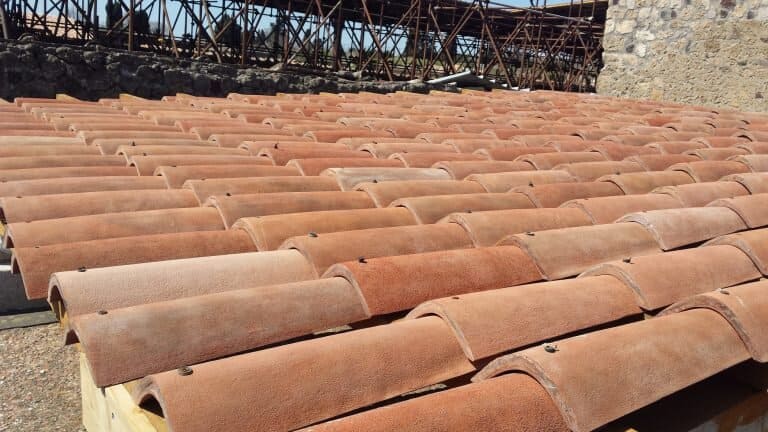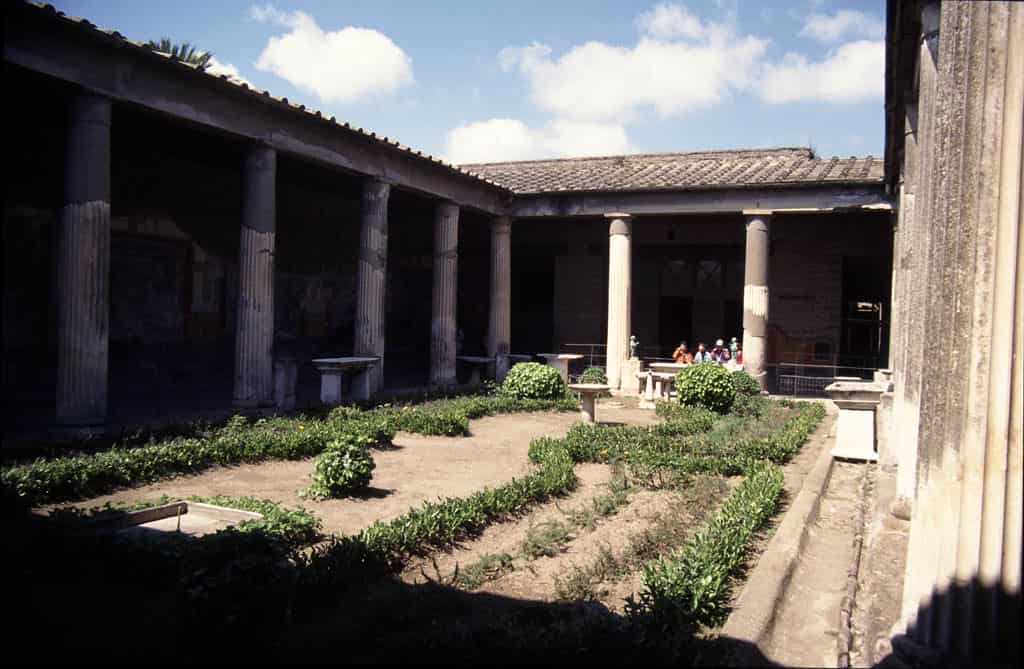
The Roman city of Pompeii is one of the most impressive archaeological sites in the world. It’s visited by millions of people who want to see the still intact elements of architecture from Roman times. But for all this, you need electricity and lighting. Conventional lighting systems are pretty expensive for such a large area and they also take away some of the charm of the site. So instead, the team managing the site is opting for a new solution: photovoltaic (PV) tiles that look just like the Roman ones.
“Pompeii is an ancient city which in some spots is fully preserved. Since we needed an extensive lightning system, we could either keep consuming energy, leaving poles and cables around and disfiguring the landscape, or choose to respect it and save millions of euros,” says Gabriel Zuchtriegel, Director of the Archaeological Park of Pompeii.
No ancient civilization built quite as well as the Romans, and the fact that so many of their structures still stand is a testament to that. Over the years, we’ve gotten better at repairing and reconstructing Roman structures and getting them looking authentic. But having some something that looks Roman but serves a separate role is a different challenge.
Creating “Roman” solar panels

The PV tiles are made from a polymer that allow the sun’s rays to filter through. They don’t have the same efficiency as conventional solar panels, but it’s still enough to power the ancient city.
“They look exactly like the terracotta tiles used by the Romans, but they produce the electricity that we need to light the frescoes,” said Zuchtriegel.
It’s not just a terracotta look, either. Stone, wood, concrete, or brick finishes can be done, and they can be installed on walls and floors as well. But the idea isn’t just to have them function as solar panels — they need to provide the function of a roof as well.
To do that, tiles are placed by hand on the roof and then covered with another layer of polymer that allows sunlight to come through. Graziano Peterle, the Research and Development Manager of another historic city (Evora) looking to integrate the solution, says visitors won’t even tell the difference.
“Evora is a beautiful city, on the top of a hill, facing south,” says Peterle, “Since it’s not flat, wherever you are, you can basically see every single roof of the city. Most of them are red or terracotta but since the photovoltaic panels are usually dark blue or black do not go unnoticed. This is why the municipality insisted on implementing an invisible solution.”
Heritage and sustainability
The initiative is part of a growing theme of incorporating sustainability and heritage protection. Deploying sustainable solutions in a historic city like Pompeii isn’t always straightforward, but cutting down energy bills and enhancing local sustainability are worth it.
“One key aspect is to look at the cultural sites, ancient buildings, and historic cities not as obstacles, but as assets for reducing our carbon emissions,” says Francesca Giliberto, an architect specialized in conservation and management and postdoctoral researcher at the University of Leeds.
“The very challenge not to damage historic buildings for contemporary purposes is to use the most innovative solutions, respecting their value and cultural heritage.”
For now, it’s still baby steps. But projects like the ones in Pompeii and Evora work as a proof of concept. Now, it’s time for policymakers to start promoting more projects like these ones, especially when it comes to restoration work.
“It is modest progress, and there is still a long way to go,” says Giliberto. “But in the past 5 years the potential of culture and heritage has been widely highlighted by UNESCO, and other international organizations. Now it’s up to policymakers and urban planners to start thinking differently: they must understand that as heritage professionals, they can make a huge contribution to sustainable development.”
It’s not the first time Pompeii has employed some hi-tech on its premises. In 2022, the archaeological site employed a robot dog to patrol its premises, looking for damage or thieves.
“We are an archaeological site but we also want to be a real-life lab for sustainability and valorization of intangible heritage. Our initiative is not merely symbolic. Through the million tourists who visit us every year, we want to send a message to the World: cultural heritage can be managed differently and in a more sustainable way,” concludes Zuchtriegel.






